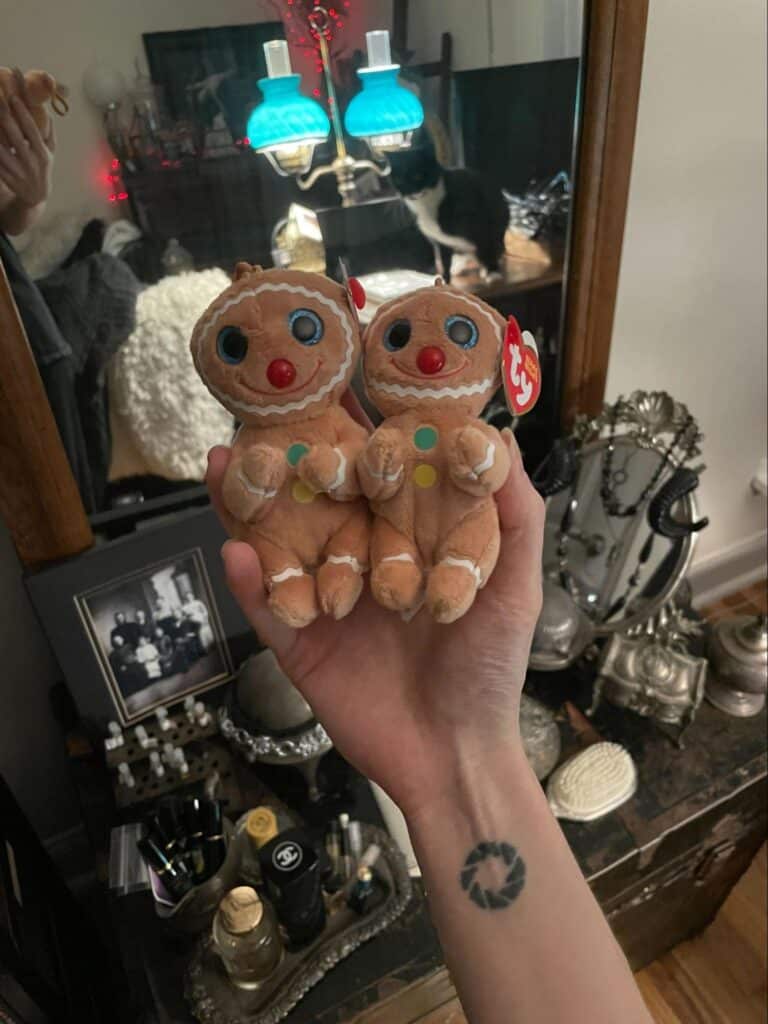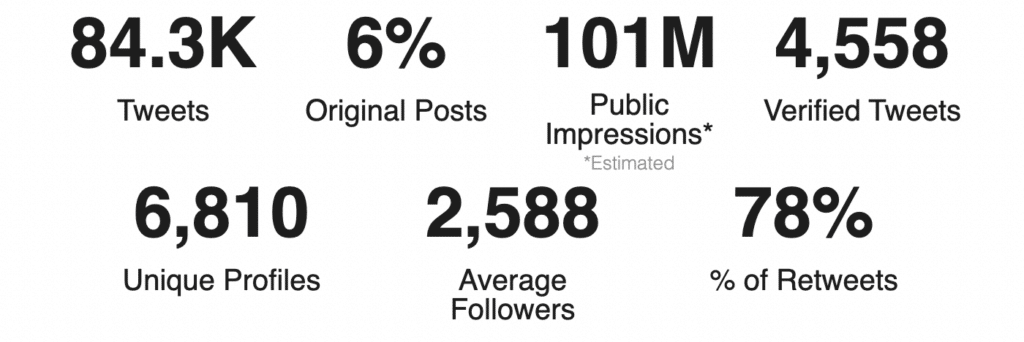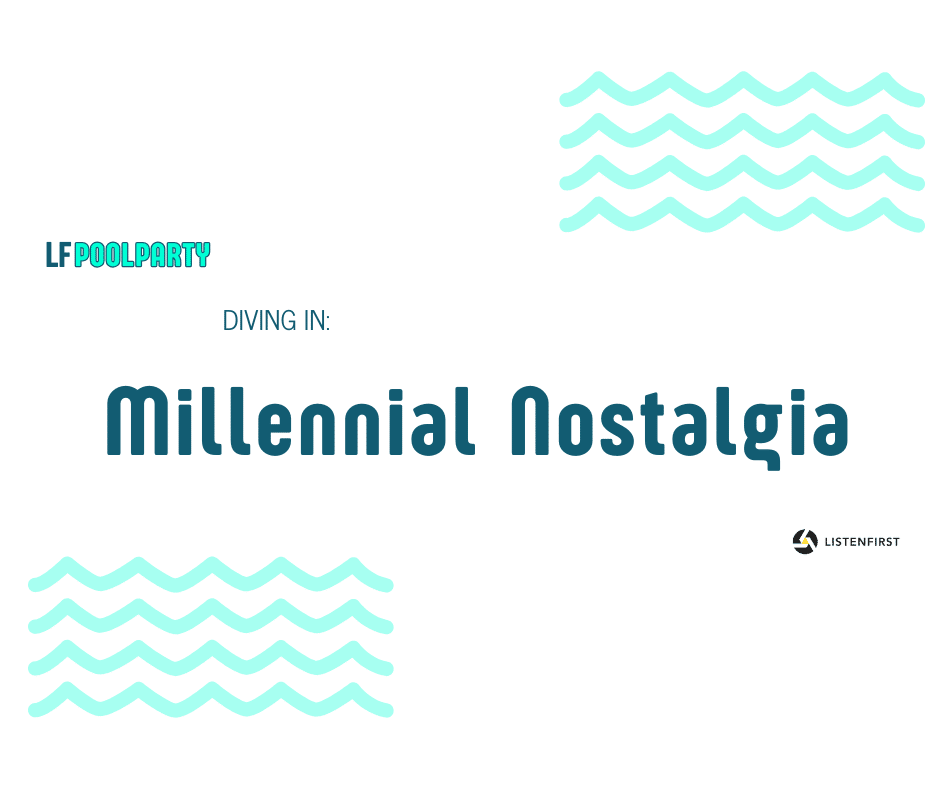The Resurgence of Millennial Nostalgia: Reviving Childhood Icons on Social Media
In the past 90 days, a powerful wave of nostalgia has swept across social media, with millennials leading the charge to revive beloved childhood toys and brands. From viral TikTok trends to new product launches, brands like Polly Pocket, Beanie Babies, and Lisa Frank are finding renewed popularity among their now-grown-up fans. This resurgence underscores the enduring appeal of these nostalgic icons and their innovative ability to connect across generations.
Video promoting the now sold-out QVC Polly Pocket 35th Anniversary edition.
TikTok as a Nostalgia Engine
Social media platforms, particularly TikTok, have become hotbeds for millennial nostalgia. Viral trends featuring unboxings, recreations, and heartfelt stories have thrust toys like Polly Pocket and Beanie Babies back into the limelight. For instance, the Polly Pocket 35th Anniversary Party Time Play Set recently went viral, prompting thousands of users to share childhood memories and creative ways to integrate the toy into modern life. This digital buzz helped the product sell out on QVC, who was offering it at a significant discount, and further cementing its cultural moment.
Similarly, Beanie Babies has seen a revival, with Ty Inc. launching a new line called “Beanie Bouncers.” However, one of the most heartwarming stories involves “Cookie,” a gingerbread-themed Beanie Belly that became an unexpected sensation. It all started when 18-year-old Devin Silva shared a post on X (formerly Twitter) about their conflicted feelings toward the plush toy. Initially calling Cookie “ugly,” Silva felt compelled to buy the toy anyway and shared a humorous post about it online. The post went viral, amassing over 27 million views within days.
The Tweet that started it all.
The overwhelming response to Cookie’s “redemption arc” sparked a frenzy. Fans described the toy as endearing and relatable, celebrating its perceived imperfections. Artistic renditions, fan edits, and creative posts featuring Cookie’s adventures flooded social media. Ty Inc. acknowledged Silva’s role in Cookie’s newfound fame and expressed gratitude for the creativity and joy shared by fans. Cookie has since sold out multiple times, proving the enduring appeal of Beanie Babies in the digital age. Notably, I was initially turned on to Cookie by our Director of Client Support, Alex Gaylord, who purchased one for his wife for Christmas after she fell in love with them. They sold out quickly, but he secured two before the resellers sucked up all the fun.

Alex’s wife showing off her Cookie bounty.
Iconic Brands Evolve for a New Era
Lisa Frank, synonymous with vibrant and whimsical school supplies of the ’80s and ’90s, also experienced renewed attention. The recent release of the docuseries “Glitter and Greed: The Lisa Frank Story” on Prime Video brought the brand back into the cultural conversation. This four-part series, which explored the company’s colorful history and shocking internal controversies, spurred discussions across platforms like Twitter and Instagram. Mentions of Lisa Frank peaked on December 15, 2024, demonstrating how storytelling can reignite interest in legacy brands. Please note that the official Lisa Frank X account has not Tweeted since 2023 but appears active on other platforms.
Other nostalgic revivals have taken root as well. The relaunch of Tamagotchis with app integration has drawn attention from those who remember the original 1990s virtual pets. Additionally, Blockbuster’s social media team has embraced its retro roots, blending humor and nostalgia to connect with a younger audience unfamiliar with their iconic yellow-and-blue stores. Even Furbies, once considered quirky and sometimes unsettling, have made a comeback with new colors and a nod to their original designs, sparking viral videos and memes.
Polly Pocket also made headlines in 2024 with the launch of a life-sized Polly Pocket house listed on Airbnb. The immersive experience allowed fans to step into a real-world version of the iconic toy, complete with vibrant pastel decor and miniature-inspired furniture. This creative initiative generated significant buzz on social media, as millennials eagerly booked stays to relive their childhood memories in a tangible way.
Another major player in the nostalgia boom is Pokémon. The franchise has continued to dominate with updates to its classic games, releases like “Pokémon Scarlet and Violet,” and collaborations such as the life-sized Snorlax bean bag chair that went viral on social media. Pokémon’s ability to evolve with its fan base while staying true to its roots exemplifies how brands can maintain relevance and sustain their nostalgic appeal across decades.
The Emotional Power of Nostalgia

90-day conversation volume on X for the Beanie Babies, PollyPocket, & Lisa Frank.
The millennial generation, now firmly in adulthood, has shown a unique tendency to revisit the joys of childhood as a form of comfort and connection. In a world increasingly defined by uncertainty, these toys and brands provide a tangible link to simpler times. Beyond mere sentimentality, this nostalgia has driven a consumer trend, with people buying these revived products for themselves or to share with their children.
“In the digital age, storytelling is everything. Brands with rich histories can use their archives to craft compelling narratives. Whether it’s a ‘throwback’ campaign or ‘then-and-now’ side-by-sides, the content can resonate across generations, proving that sometimes, the best way forward is to look back.” – Miranda McWeeney, ListenFirst CEO
The Economic Impact of Nostalgia
The nostalgia economy has proven to be a significant driver of consumer spending, with estimates suggesting it generates billions annually. According to a 2023 report by Research and Markets, the global retro merchandise market is projected to reach $35 billion by 2030, fueled by demand for vintage-inspired products, collectibles, and experiences. For instance, Pokémon alone has surpassed $100 billion in lifetime revenue, illustrating the lucrative potential of nostalgia-driven franchises. This economic impact extends beyond sales; nostalgia-centric marketing campaigns often see higher engagement and brand loyalty, providing long-term value for companies investing in this trend.
Strategic Timing and Marketing
The resurgence of these brands is no accident. Strategic timing, such as holiday season promotions and anniversary editions, has played a significant role. For instance, Polly Pocket’s anniversary release was perfectly timed to tap into both holiday shopping trends and the nostalgia of its core demographic. Similarly, Ty Inc. leveraged the visual and interactive appeal of their new Beanie Bouncers to create a buzz-worthy launch event.
Bridging Generations
One of the most compelling aspects of this revival is how these brands bridge generations. Millennials are introducing their favorite childhood toys to their children, creating a shared experience combining nostalgia and discovery. Social media amplifies this dynamic, with parents sharing videos of kids playing with updated versions of the toys they once loved.
Looking Ahead
As these brands continue to innovate and engage with their nostalgic fan base, it’s clear that this trend has staying power. The ability to blend emotional resonance with modern marketing techniques ensures that the allure of childhood nostalgia will remain a potent force in the marketplace. Whether through TikTok trends, documentary storytelling, or creative new product lines, the magic of these millennial icons is here to stay.
How Brands Can Tap Into Nostalgia on Social Media
“The power of nostalgia lies in its ability to transform forgotten moments into shared experiences. For brands without tangible product lines, old content—like show clips, vintage commercials, and original cast members —can become the catalyst for viral engagement when reimagined for today’s social platforms.” – Miranda McWeeney, ListenFirst CEO
- Encourage User-Generated Content: Invite fans to share their stories and memories involving your brand. Use hashtags and challenges to amplify engagement, much like the viral unboxings of Polly Pocket.
- Reintroduce Classic Products: Launch limited-edition or anniversary versions of beloved products, leveraging the emotional connection of fans. Be sure to highlight these releases with visually engaging content.
- Collaborate with Influencers: Partner with influencers who resonate with the millennial demographic to create authentic, nostalgia-driven content that sparks conversation and drives awareness.
- Create Shareable Moments: Design experiences or products that encourage sharing, such as interactive launch events or quirky features like Cookie’s perceived imperfections.
- Leverage Multimedia Storytelling: Explore opportunities for docuseries, behind-the-scenes content, or mini-documentaries that dive into your brand’s history to connect with audiences on a deeper level.
- Celebrate Fan Creativity: Highlight artistic tributes, fan edits, and creative uses of your products, as Ty Inc. did with the Cookie phenomenon. This reinforces community bonds and boosts brand loyalty.
- Incorporate Nostalgia into Branding: Use retro-inspired visuals, packaging, or campaigns to evoke a sense of familiarity while appealing to modern sensibilities.
The resurgence of millennial nostalgia on social media is more than a trend—it’s a testament to the enduring power of childhood memories and their ability to create meaningful connections in today’s digital world. By tapping into this emotional resonance, brands can not only revive their legacies but also forge new relationships with audiences across generations. Whether through innovative product launches, creative storytelling, or fan-driven engagement, the nostalgia boom offers endless opportunities for brands to inspire, connect, and thrive in the modern marketplace.
—
Want more deep dives like this? Make sure to subscribe to our weekly newsletter, LF Pool Party, for everything social media professionals need to know to make their strategy a 10/10.



